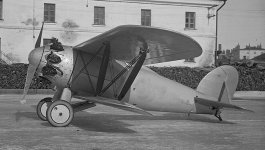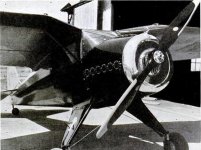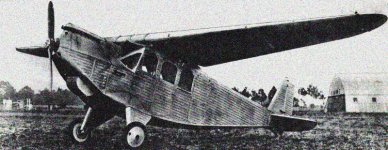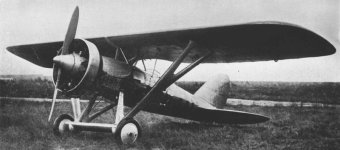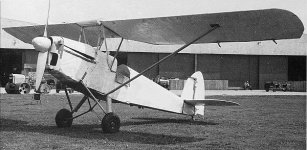-
There seems to be an uptick in Political comments in recent months. Those of us who are long time members of the site know that Political and Religious content has been banned for years. Nothing has changed. Please leave all political and religious comments out of the forums.
If you recently joined the forums you were not presented with this restriction in the terms of service. This was due to a conversion error when we went from vBulletin to Xenforo. We have updated our terms of service to reflect these corrections.
Please note any post refering to a politician will be considered political even if it is intended to be humor. Our experience is these topics have a way of dividing the forums and causing deep resentment among members. It is a poison to the community. We appreciate compliance with the rules.
The Staff of SOH
You should upgrade or use an alternative browser.
The Ongoing Mystery Aircraft Thread Part Deux.
- Thread starter Ferry_vO
- Start date
Sopwith Chameleon
Proud Junior Member

Sopwith Chameleon
Proud Junior Member
It's the IVL Haukka ( Hawk ) lost out to Gloster Gamecock ....Indeed, Jim - do you want to expand on that ?
Sopwith Chameleon
Proud Junior Member
fabulousfour
Members +
Sopwith Chameleon
Proud Junior Member
fabulousfour
Members +
fabulousfour
Members +

It is the SAB DB-80, one of the lesser ugly French planes of that era.

Over to Texas, please.
lefty
SOH-CM-2023
You have been regularly posting floaters to see if I am still alive and kicking - so far. so good ! Here's a wheeled machine - which looks a tad over-engined ?
Attachments
cthornburg
Members +
The first Nieuport 48 was used for static testing, while the second was tested at Villacoublay by adjudant Millo from May to August 1927. The Nieuport 48 benefited from the concentration in mass due to the smaller airframe and the elevators and rudders were enlarged. The ailerons occupied the entire trailing edge of the wing. The third aircraft was the Nieuport 48bis which had the 500-hp Hispano-Suiza 12 Hb. By this time the lightweight fighter program had proved to be unsuccesful, failing to yield a single useful aircraft which compared poorly with types already in service; the Nieuport 48 series being no exception. The second Nieuport 48 ended its’ days as a trainer at Etampes used to train military pilots who would be participating in the Schneider Cup races.
The Nieuport 48bis was tested by Capitaine Joublin and on its’ third flight the wing struts became deformed, moving back 10 centimeters. After being repaired it was finally struck off charge at Villacoublay in early 1928. Redesignated the Ni-D 481 when it was fitted with a 300-hp Lorraine 9 Na engine, it was subsequently used as an aerobtic trainer and carried registration F-AJTC. It was struck of the civil register in 1936.

